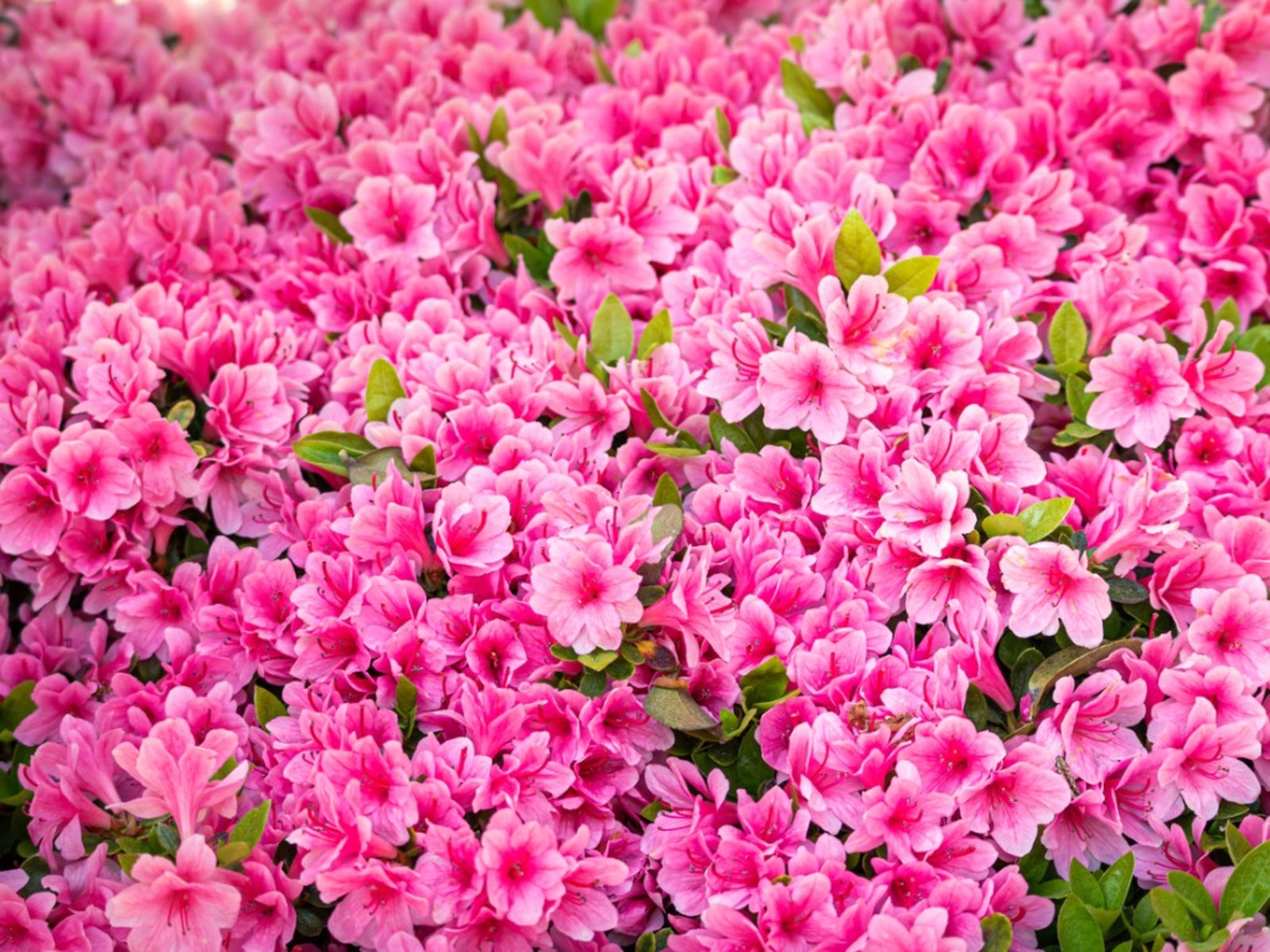Color Schemes For Gardens: Creating A Monochromatic Color Garden


Monochromatic gardens make use of a single color to create a visually appealing display. A single color garden design is anything but boring if done well. Variations in shades and textures keep this garden interesting. Let's learn more about creating a monochromatic color garden.
Tips for a Single Color Garden Design
When creating a monochromatic color garden, use many different shades of your chosen color. For example, purple gardens can include everything from pale lavender to a purple so deep that it is almost black. Yellow color schemes for gardens can range from pale, buttery-colored flowers to deep gold. Before choosing your color, decide whether warm or cool colors will work best in your landscape. Cool colors have a calming effect and make the garden look larger by appearing as though they are seen at a distance. Cool colors include blue, violet, and white. Warm colors, such as orange, red, and yellow, create a feeling of excitement and make the garden appear smaller. Gardening with one color gives those who visit the garden a feeling of calm serenity. Instead of jumping from one contrasting color to the next, the eye lingers on each flower, picking out each blossom's details. Form and texture take on a more important role in a monochromatic garden. Include light, fluffy flowers as well as stiff spikes. Simple, daisy-like blossoms are sure to bring a smile when tucked among more complicated forms. Consider the texture of your foliage as well. Small, finely cut leaves have a light, airy appeal. Large, leathery leaves add structure and a sense of solidity. While variety spices up monochromatic gardens, large drifts of a single flower can be breathtaking. Spring bulbs are particularly well-suited to single-color drifts that command the viewer's attention. Drifts, or mass plantings, are most effective when seen at a distance. Color schemes for gardens should also take into account the color of the foliage. Pale foliage with hints of yellow or yellow variegation, for instance, look terrific with dark blue or purple flowers. Variegation is an excellent tool for adding variety and color but be careful. Too much variegation can look hectic and busy. Another thing to consider when creating your garden is the bloom time. Most perennials have a limited bloom period. Plan to have centers of interest throughout the season. If you have colorless spots despite your plans, fill them in with annuals. Most annuals have a long bloom season and they are inexpensive and readily available throughout the year. They'll begin blooming soon after you plant them; and when they are through, you can simply dig them up and replace them.
Color Schemes for Gardens
Gardening with one color is a great way to add unique interest to your landscape, especially when you practice the tips above in your single color garden design. The following is a list of popular color schemes for gardens of one color:
- Purple: lavender, violet, and deep purple flowers
- Red: various pink tones, maroon, burgundy, red, and red-orange
- Yellow: pale, buttery-colored flowers to deep gold
- Blue: blue and blue-violet to purple blooms, blue-green foliage
- Black: deep red or purple to nearly black flowers/foliage with silver, gold, or bright colors
- White: white flowers set off by silver foliage plants
- Pink: pale pink (nearly white) to deep rose colors
- Orange: pale peach to fiery orange blooms
- Green: green, grayish green, and blue-green to purple or yellow-green
Sign up for the Gardening Know How newsletter today and receive a free copy of our e-book "How to Grow Delicious Tomatoes".

Jackie Carroll has written over 500 articles for Gardening Know How on a wide range of topics.